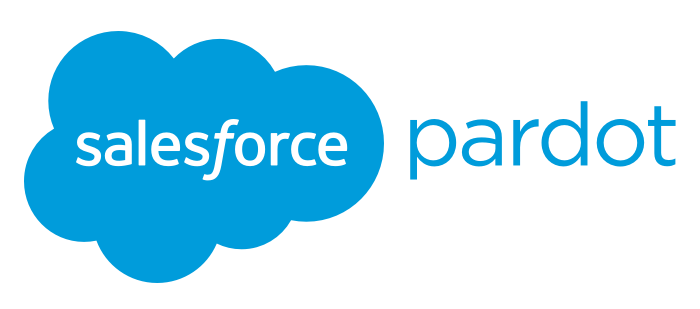In today’s digital economy, High-Velocity Merchants (HVMs) embody the essence of rapid transactions and data-driven operations. These enterprises operate primarily online and excel in executing a high volume of transactions in exceedingly short time frames. Despite their operational efficiency and technological prowess, the companies face challenges specific to their fast, low-margin business models, ranging from data management intricacies to regulatory compliance, cyber-security concerns, and lead generation.
Lead generation, the driving force of any B2B business, becomes even more critical in the context of HVMs. Their ability to maintain momentum and scale is linked to the efficiency of their lead-generation pipelines. Given the changing market conditions, changing consumer behaviour, and intensified regulatory pressures in the post-COVID-19 era, it’s a challenging task.
This case study tells the story of implementing Salesforce Marketing Cloud Account Engagement (Pardot) and an effective lead-generation process for the client. By analysing the strategies used, the obstacles overcome, and the results achieved, this case study aims to provide actionable insights for payment operators and HVMs as they seek to optimise their lead-generation strategies in a market characterised by constant disruption and limitless opportunities.

Our client is an online payment operator founded in 2002, operating as a system that allows online businesses to accept, receive and process payments via the Internet between people with an e-mail account. It enables the processing of payments through payment methods that can be integrated with web and mobile applications.
Acquiring B2B leads is much more complex than B2C, if only because of the long decision-making process. High-Velocity Merchants (HVMs) acquisition presents a distinct set of challenges that must be tackled with meticulous strategy, execution and proper sales and marketing tools. These challenges stem from HVM’s unique characteristics, including fast trade volumes and data-centric operations.
Traditional lead generation approaches often fail when used in the online payment segment, requiring instead a combination of advanced analytics, regulatory compliance and agile execution.
Retailers in highly competitive sectors like Services and e-services, Education, Digital Goods, Fashion and Gallantry, and Beauty and Cosmetics are subject to fluctuating consumer behaviour and stringent regulatory oversight. Therefore, any strategy must be data-driven, scalable and aligned with existing financial and data protection regulations.
As a leading operator in online payments, an effective marketing strategy is an operational imperative. Implementing Marketing Cloud Account Engagement (Pardot), a world-class Salesforce marketing automation platform, into the workflow has catalysed a transformative shift. The tool’s bespoke lead generation and nurturing capacities have led to a surge in customer engagement metrics and conversion rates.
Implementing Pardot has an impact on lead generation and conversion. The platform’s lead scoring and grading functionalities enable the client to identify high-value prospects accurately. Automated marketing campaigns can be tailored to the premium leads, ensuring they receive relevant and engaging content.
Additionally, Pardot’s dynamic content feature allows for real-time customisation of marketing materials, maximising resonance with targeted audience segments. Such control over lead nurturing can result in higher conversion rates and increased revenue.
-
-
Salesforce Marketing Cloud Account Engagement
-
-
Improved areas:
🔷 Setting up a Pardot-Salesforce Connector – seamless connection for end users.
🔷 Prospect management lifecycle.
🔷 Automation Rule setup (e.g. reduce the lead score of a prospect with no recent activity, notify a specific sales rep via task if a prospect from a specific segment appears in Pardot).
🔷 Segmentation Rule setup (e.g. prepare a list of a specific webinar attendees).
- Enhanced Lead Generation – this can result in improved lead generation and a higher volume of qualified leads.
- Lead nurturing – crucial to prevent losing potential customers due to long lead times.
- Seamless Salesforce Integration – alignment between marketing and sales teams, leading to better collaboration and increased efficiency.
- Scalability – scale with client business as you expand your operations and target more high-velocity merchants.



